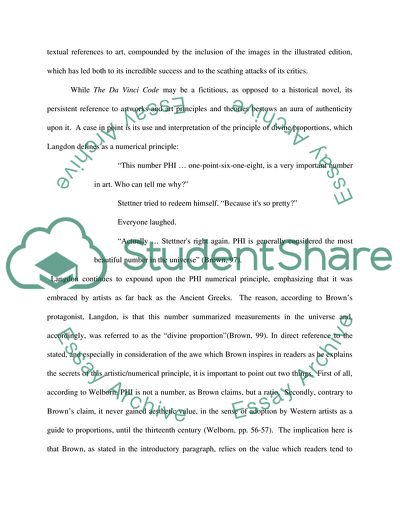Cite this document
(The Controversies in the Novel The Da Vinci Code by Dan Brown Essay, n.d.)
The Controversies in the Novel The Da Vinci Code by Dan Brown Essay. https://studentshare.org/literature/1713867-the-davinci-code-and-how-it-relates-to-art
The Controversies in the Novel The Da Vinci Code by Dan Brown Essay. https://studentshare.org/literature/1713867-the-davinci-code-and-how-it-relates-to-art
(The Controversies in the Novel The Da Vinci Code by Dan Brown Essay)
The Controversies in the Novel The Da Vinci Code by Dan Brown Essay. https://studentshare.org/literature/1713867-the-davinci-code-and-how-it-relates-to-art.
The Controversies in the Novel The Da Vinci Code by Dan Brown Essay. https://studentshare.org/literature/1713867-the-davinci-code-and-how-it-relates-to-art.
“The Controversies in the Novel The Da Vinci Code by Dan Brown Essay”. https://studentshare.org/literature/1713867-the-davinci-code-and-how-it-relates-to-art.


